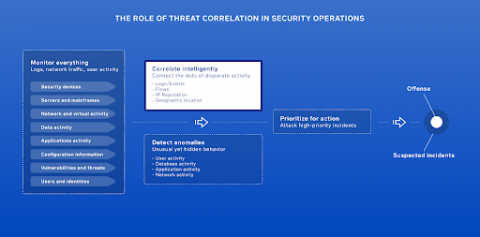Security | Threat Detection | Cyberattacks | DevSecOps | Compliance
Technology
Reviewing best practices for IT asset management in the cloud
It used to be that businesses needing their own large computer networks had to do everything themselves. They had to buy all of their servers, all of their networking appliances. They needed the physical space on premises for all of their datacenters, the HVAC people to keep everything cool, and the massive electricity bills to keep all of that going.
Getting Visibility Across Your Cloud Environments
Are you an engineer or a manager working on a cloud application running in production? Do you have to type ssh or kubectl frequently to get things done? Does auditing, compliance, or access control sound mildly painful? This blog post is for you! In a world full of hackers, data breaches, and data privacy legislation, getting visibility into who is accessing your infrastructure (i.e., cloud or dedicated production environments where applications are hosted) and what they’re doing is vital.
Are smart homes really safe from hackers?
There are a number of smart devices becoming commonplace in homes around the world, leading us closer and closer to the reality of smart homes, or houses that depend primarily on interconnected smart tech. Heating, lighting, and common appliances like doorbells, alarms, and entertainment devices are now increasingly being designed to operate on the internet of things (IoT).
Private Cloud vs Public Cloud Security Challenges
As a system administrator during the early days of the “cloud revolution” I found the “cloud” metaphor an interesting choice to frame the technology stack. Clouds, in my mind, were “woolly” and hard to pin down as opposed to the omnipresent, always-available things that IT marketers were suggesting cloud services would be.
Teleport Overview Webinar
Secure Configuration in Cloud - IaaS, PaaS and SaaS Explained
If I asked you what security products you had in place to manage your risk within your IT organisation 10 years ago, you’d probably have been able to list a half dozen different tools and confidently note that most of your infrastructure was covered by a common set of key products such as antivirus, DLP, firewalls, etc. But in a world with IaaS, PaaS and SaaS, maintaining a comprehensive approach becomes far more difficult.
Automating Secure Configuration Management in the Cloud
For many organizations moving to the cloud, Infrastructure as a Service (IaaS) like AWS EC2, Azure Virtual Machines or Google Compute Engine often forms the backbone of their cloud architecture. These services allow you to create instances of pretty much any operating system almost instantly. Unfortunately, moving your IT infrastructure to the cloud doesn’t relieve you of your compliance or security obligations.
Cloud Scale Correlation and Investigation with Cloud SIEM
How to manage Internet of Things (IoT) security in 2019
Photo by BENCE BOROS on Unsplash Welcome to the world of Internet of Things (IoT) and a glimpse into the future. The IoT is where the physical world merges with the digital world. Soon, we expect the world IoT population to outnumber the human population tenfold—perhaps as many as 80 billion connected devices by 2025.







